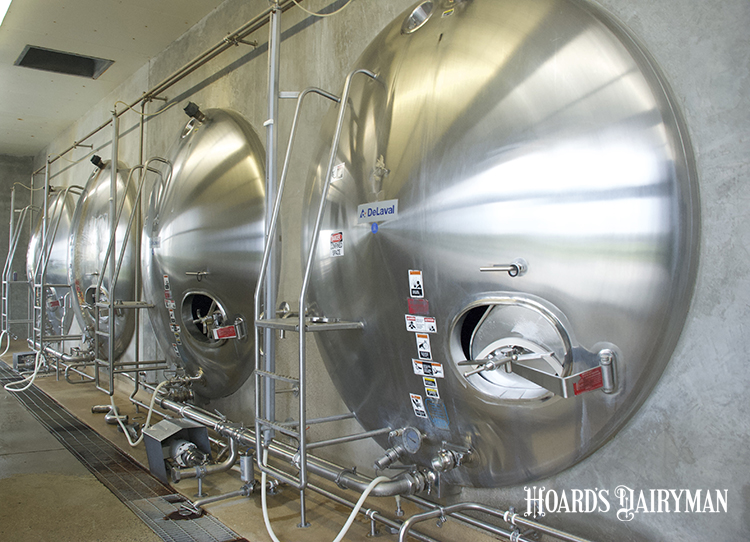
The height of the pandemic in the spring of 2020 and the photos of milk being dumped that splashed across headlines pushed base excess plans imposed by cooperatives to a prominent place in our U.S. dairy industry. Still today, it could be estimated that half or even a little more of the milk produced in this country is under a base program to slow production growth, shared Phil Plourd on the February 24 Hoard’s Dairyman DairyLivestream sponsored by AMS Galaxy USA.
This situation is one part of the picture that dairy farmers have been recognizing for years: total volume of milk is perhaps not the most important metric. On the other hand, farmers are increasingly paid for component levels at the same time that consumers are eating more butter, cheese, and yogurt rather than drinking fluid milk.
Might we be better served, then, by measuring production in pounds of components instead of pounds of milk?
That would be a sensible thing to do, shared Mark Stephenson. “Most of the rest of the world is basing payments on the kilograms of solids you’re selling as opposed to the volume of the milk. We get paid for the components anyway,” the director of dairy policy analysis at the University of Wisconsin said.
Theoretically, Stephenson said that futures prices based on a hundredweight of milkfat or skim solids could help farmers better manage production risk. “Let people protect what’s important to them at the time,” he offered.
Cornell University’s Andy Novakovic agreed that pounds of milk don’t really tell the whole story, and component production is even growing at a faster rate than milk at the industry level. Measuring component pounds might not make a difference in farmers’ incentives, but the trend of more fat will surely continue if it pays.
Still, Phil Plourd, dairy market analyst with Blimling and Associates, explained that total dairy output gets measured in a variety of ways. Cold storage numbers and exports are two other examples of production data sources. “At the end of the day, you can’t fool the market for very long,” he noted. We have multiple ways of knowing how much milk there is, who is buying it, and if we’re long or short on supplies.
To watch the recording of the February 24 DairyLivestream, go to the link above. The program recording is also available as an audio-only podcast on Spotify, Google Podcasts, Apple Podcasts, and downloadable from the Hoard’s Dairyman website.
Re-register to continue receiving updates
The next broadcast of DairyLivestream will be on Wednesday, March 23 at 11 a.m. CDT. In the new year, we have moved to a new system, and you will need to re-register to continue receiving email updates and links to the webcasts. You can sign up here now. Registering once will sign you up you for all future events.








